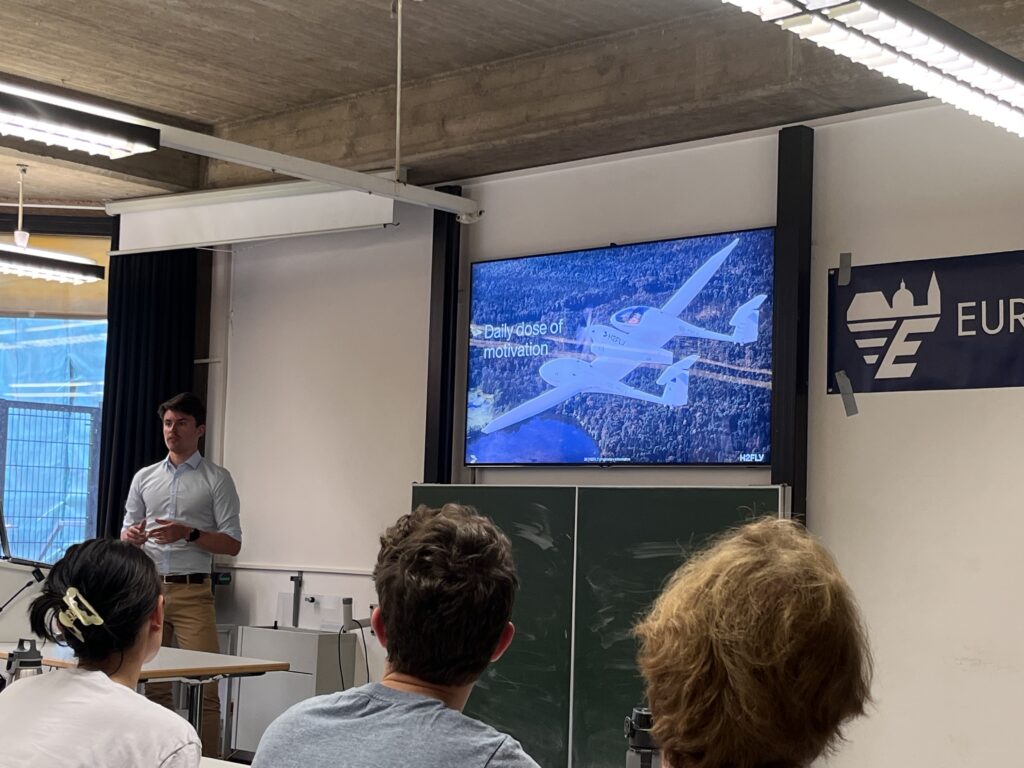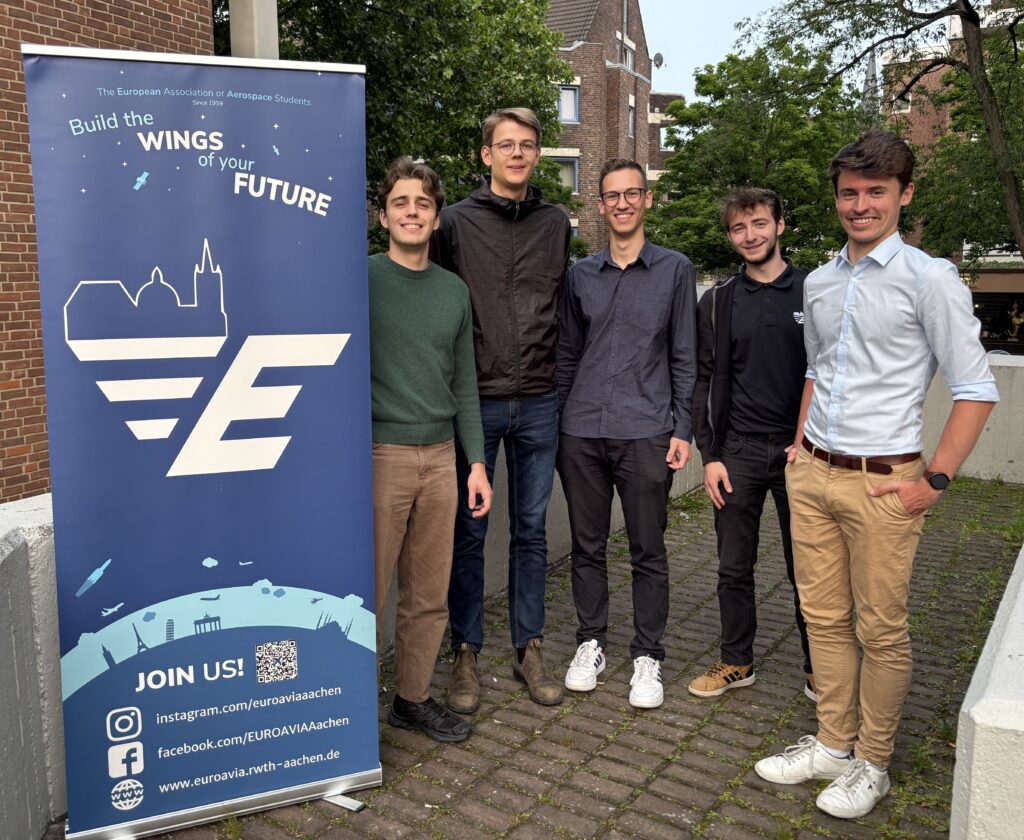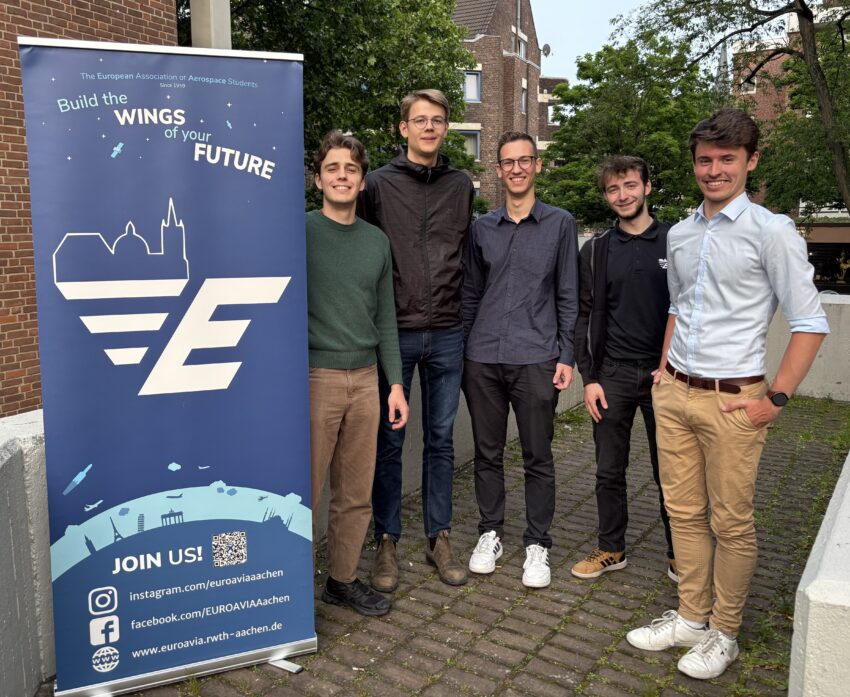Aviation has fascinated people for more than 100 years. From a global perspective, we cannot imagine life without aviation. However, the fascinating aviation industry faces problems in terms of its environmental impact. By emitting large quantities of climate-damaging gases, aviation contributes to climate change. In order to make aviation sustainable, it must therefore become environmentally friendly. The German start-up H2FLY, which uses hydrogen in aviation to reduce its impact on the climate, is tackling this major challenge. H2FLY has been developing hydrogen-powered aircraft for more than ten years and has already completed test flights with hydrogen propulsion.
In order to present the current state of development at H2FLY and to enter into dialogue with the aviation engineers of tomorrow, development engineer Jasper Jonitz gave a specialist lecture on the topic of “Hydrogen in aviation” at the beginning of June. The event was organized by EUROAVIA Aachen in collaboration with the DGLR Aachen district group.
In his presentation, Jasper Jonitz, who has been working in development at H2FLY for almost three years, gave exciting insights into the development processes of hydrogen aircraft. The focus of the presentation was on the technical challenges that arise when liquid hydrogen is to be integrated into an aircraft as an energy source. Fundamental aircraft components such as the fuselage and wings must be completely redesigned. For example, the tank must be able to withstand extreme pressures and temperatures, the aerodynamic design of the aircraft must be reworked, and regulatory requirements must be carefully considered. Even though hydrogen-powered airplanes already achieve ranges that make an average flight from Germany to Mallorca possible, the infrastructure for hydrogen-powered flight operations still needs to be established. Naturally, hydrogen-powered aircraft must also fulfil the high safety requirements in aviation. The use of liquid hydrogen in aviation is particularly challenging because hydrogen-air mixtures are highly flammable and therefore require new safety concepts, for example, for the reliable detection of leaks. In his presentation, Jasper Jonitz showed how the physical processes for the use of hydrogen as an energy source take place and where further structural and technical developments are required on the aircraft.
There are still major challenges to overcome and tasks to be completed for the global use of hydrogen in aviation. But the motivation to develop an emission-free energy source for aviation is huge, says Jasper Jonitz. The participants could immediately sense his enthusiasm for the technology when he showed impressive videos of the latest tests. The potential that hydrogen offers for use in aviation makes him optimistic. For him, it is clear that only by developing innovative solutions and new concepts will it be possible to overcome the problems of aviation and fly sustainably.
After the interesting presentation full of innovative concepts to make aviation more sustainable, the event provided an opportunity for the audience to ask questions directly to the expert and engage in a discussion. In a relaxed atmosphere after the event, contacts were made, opinions exchanged, and the opportunities and challenges of hydrogen in aviation were discussed.
We would like to thank the speaker Jasper Jonitz from H2FLY for his exciting insights into the future of hydrogen in aviation and wish him success with further developments.


